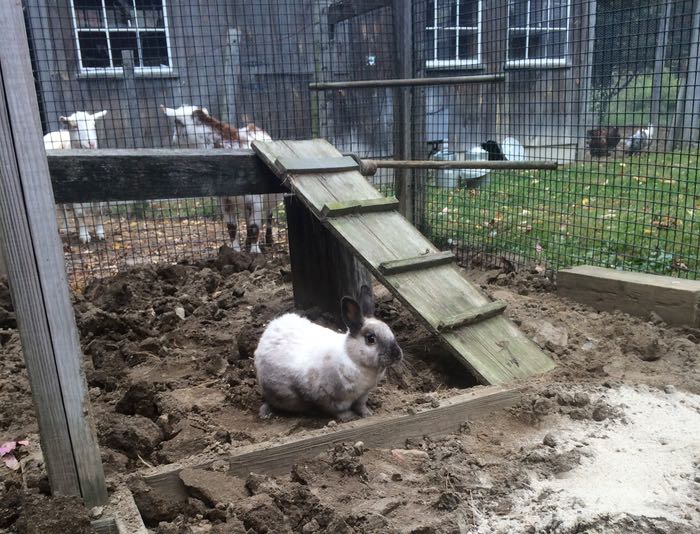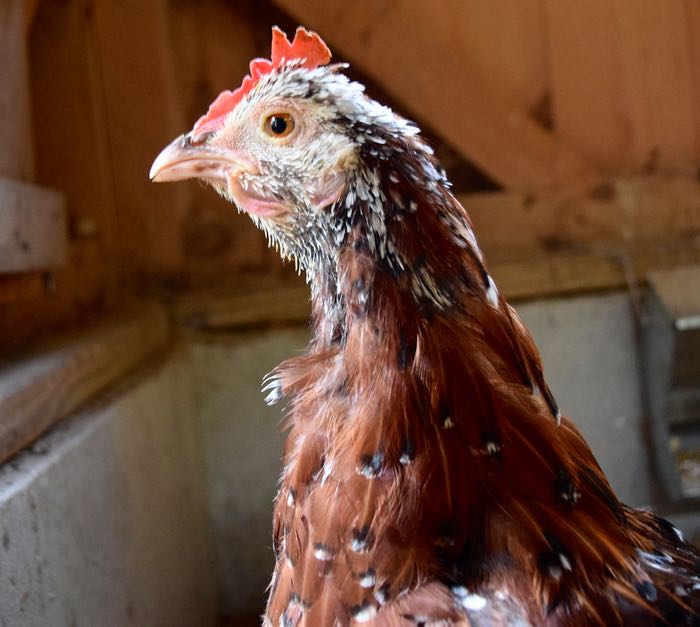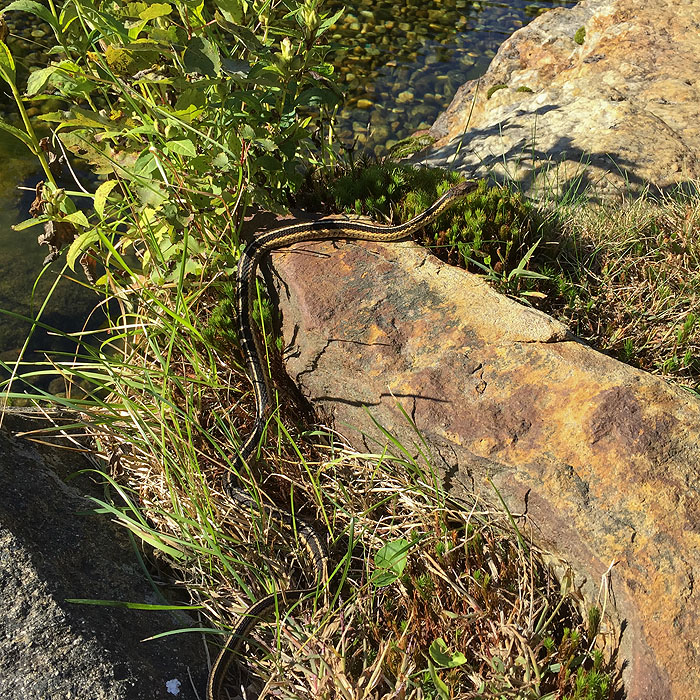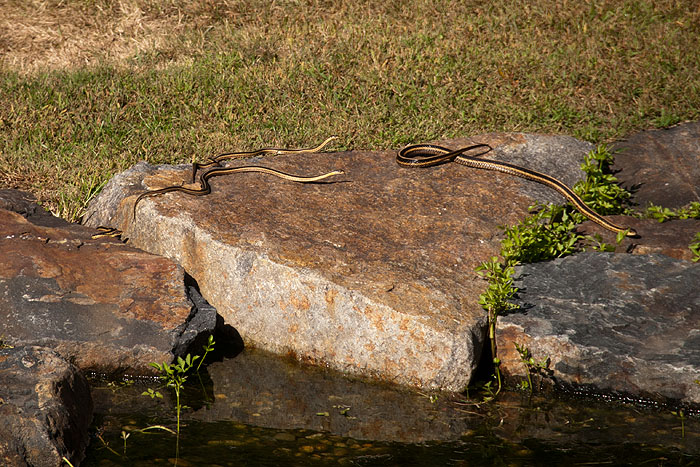Today might possibly have been the most perfect day to be out in the woods all year. This morning the biting insects were gone. Fallen leaves that smelled sweet, and yet somehow like old campfires, were underfoot. The sky was blue and the sun lit up the leaves still in the trees so that the world glowed like old stained glass.
I had the perfect vantage point to take it all in.

Last weekend Tonka and I were in a dressage show. We placed second and third in our class. A couple of people, watching the competition, commented to me how nicely my horse and I worked together. Tonka and I do practice hard at our dressage patterns, but being harmonious comes from more than that. It comes from wandering in the woods, too. Horses are designed to move, mostly at a walk, for long distances, every day. They’re curious animals who are primed to look ahead. But they’re not animals who like to go out alone. We’re glad for each other’s company. Today we walked for five miles.
This is the first time that Tonka and I explored the paths at a nearby state forest. Anytime that I put Tonka into the trailer and go somewhere new, I have a tiny case of nerves. As good as my horse is, so much can go wrong. This time of year, ground wasps are on the attack. Deer bound across your path. Mountain bikers careen around corners.
None of those things happened today. When we were deep into the woods, Tonka neighed loudly as if to ask Where is everybody?
We didn’t see any bikers, or walkers with dogs. However, there were squirrels and birds, and gusts of wind pelted us with acorns.

This forest is populated with trees that turn yellow in hue.

I saw a flash of color through the woods and so we took a detour to the river. We were heading home, and he knew it, but Tonka willingly left the main route and marched right over, through belly-high ragweed, as if he knew that there was going to be something wonderful to see.
There was.
I believe that Tonka enjoyed the view as much as I did.





















